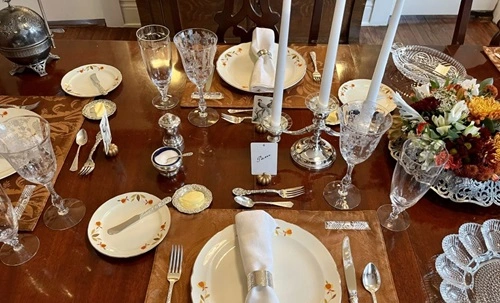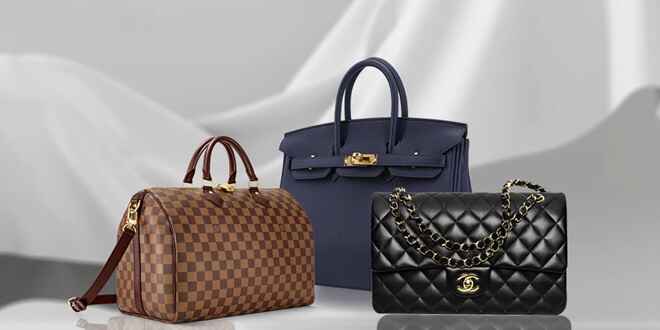When we usually eat at home, we don’t think about what kind of spoons and forks to use. But when we enter a fine dining scene during formal occasions, table etiquette becomes a primary concern. The right table manners ensure a lasting good impression, which is why you should learn about the different kinds of cutlery and their proper uses.
Before we delve into the world of cutlery and table etiquette, let’s just focus on the fork today. With the massive variety of forks available, it can be confusing to know which fork to use for which meal.
In this guide, you will learn about the right kinds of forks and how to use each one for different meals.
Delving into the basics of forks
Before entering the details, you must understand the different types of forks in the cutlery scene. In formal dining, the forks used are dinner forks, dessert forks, fish forks, salad forks, oyster forks and even cocktail forks. Each of these fork is designed to elevate your fine dining experience.
- The dinner fork: When it comes to dining, this fork is the centre of attention. It’s truly a versatile tool for all occasions.. Given its versatility in handling meat, poultry, and even fish, this is the largest fork available. With your index finger resting on the back of the silverware, hold this fork in your right hand. After cutting the food into smaller pieces, you can use the fork to hold them in place while you take a bite. The pro tip is to face the fork tines upward.
- Salad fork: This fork is only meant to enjoy your salad, and you will find the cutlery placed on the extreme left of your dinner setting. This fork is supposed to be held with your left hand to separate the salad and mix the ingredients. It is mainly used to eat dishes served before your main course. The pro tip: take small bites.
- Fish fork: During formal dinner occasions, this fork is placed on your right side, just between your dinner fork and the plate. It is slightly smaller than the dinner fork and has curvier tines. This fork can be used to savour any aquatic dishes served during formal occasions.
- Dessert fork: This fork sits horizontally right on your dinner plate. It is smaller and curvier than the dinner fork so that it can easily glide and cut into the most palatable desserts, such as pastries and cakes.
You can remember the correct placement of the forks with a simple trick: start from the outside and work your way towards the inside. This means your meals should begin with the fork placed the farthest from the plate and progress towards the innermost fork, the dinner fork. Another important dinner etiquette is to take smaller bites and chew with your mouth closed. The aim is to savour the food.


